They may be something else entirely.


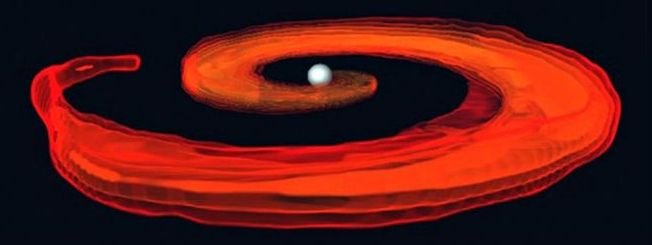
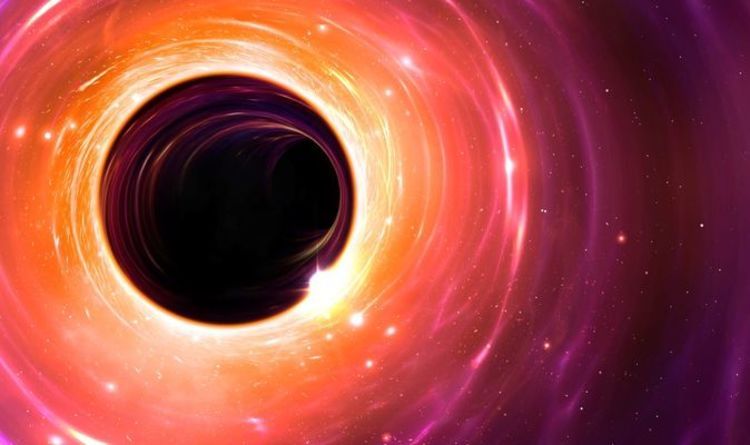
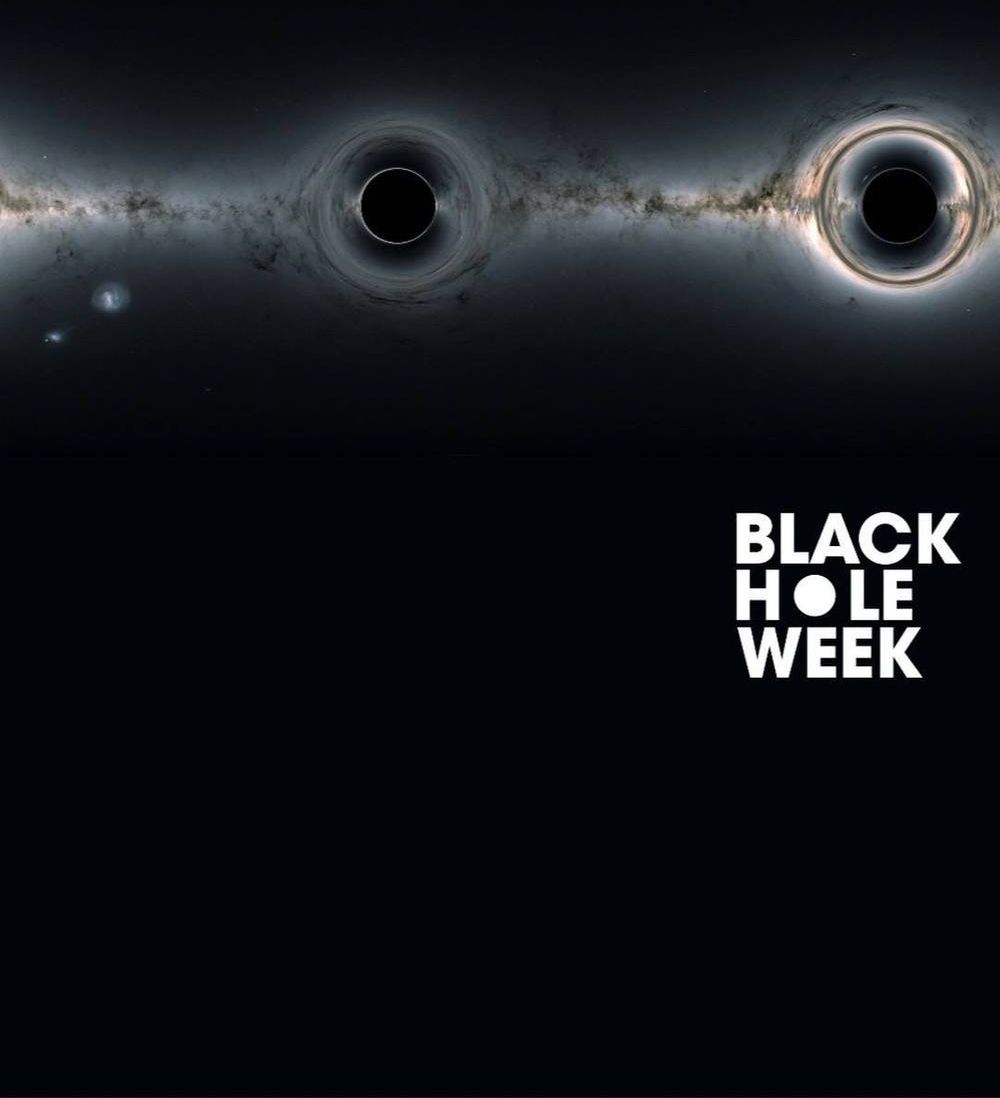
Click on photo to start video.
What about what happens when two black holes collide?
Goddard Scientist Roopesh Ojha sheds light on the supermassive and stellar mass black holes within our galaxy. Scientists believe one supermassive black hole exists at the center of every galaxy and that many, many more of their much smaller siblings, the stellar mass black holes, surround it.
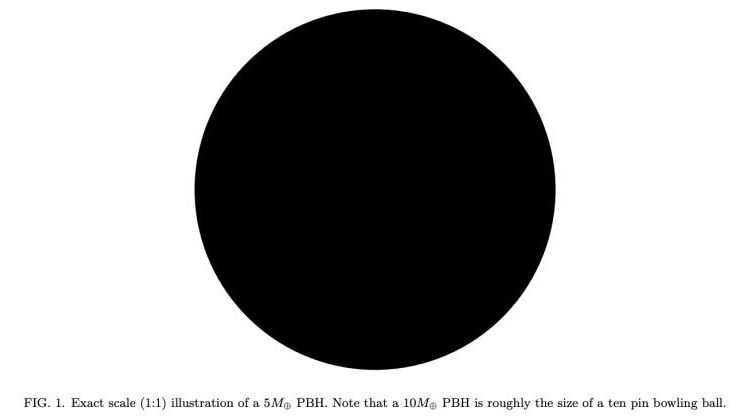
Some of the most distant rocks in our solar system act in a way that suggests there’s some massive object out there we haven’t been able to see. A planet? Maybe. But why not a small black hole?
That’s a scenario a pair of scientists describe in a new paper. Of course, they recognize that a planet is more likely than an ancient black hole unlike any we’ve directly observed. But they simply want astronomers to think creatively while hunting for whatever this hypothetical object, often called Planet Nine, might be.
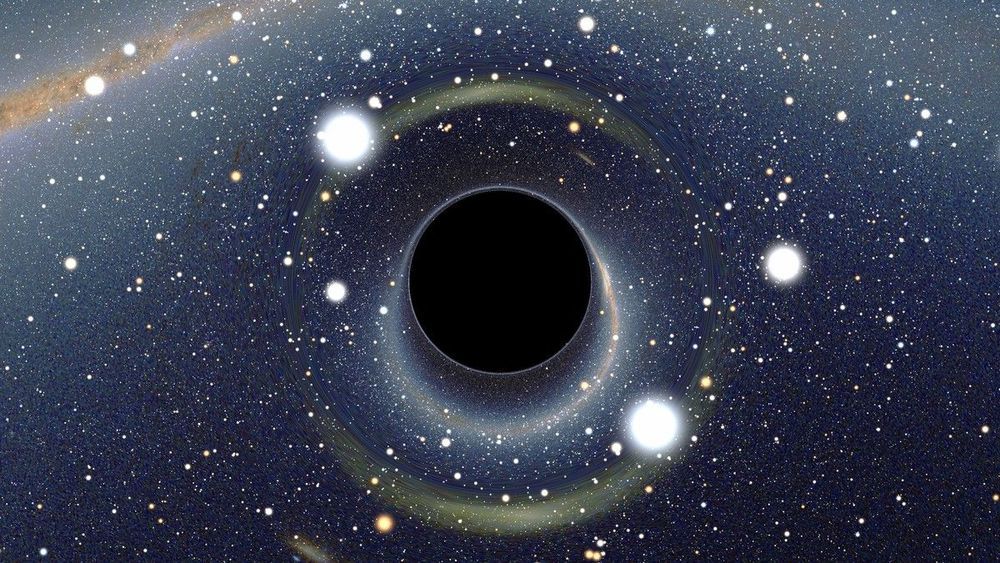
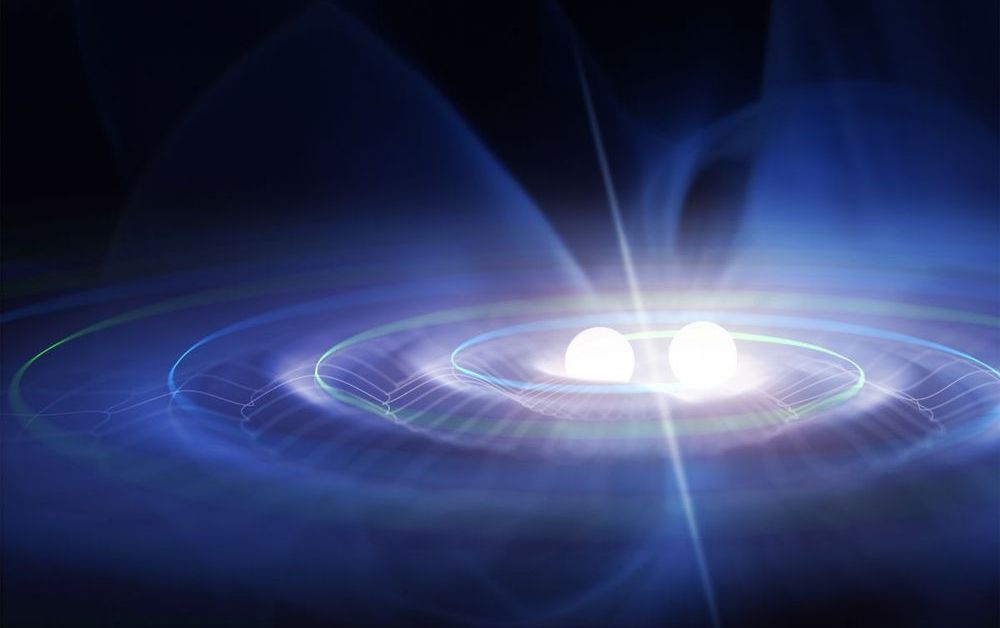

A NASA satellite searching space for new planets gave astronomers an unexpected glimpse at a black hole ripping a star to shreds.
It is one of the most detailed looks yet at the phenomenon, called a tidal disruption event (or TDE), and the first for NASA’s Transiting Exoplanet Survey Satellite (more commonly called TESS.)
The milestone was reached with the help of a worldwide network of robotic telescopes headquartered at The Ohio State University called ASAS-SN (All-Sky Automated Survey for Supernovae). Astronomers from the Carnegie Observatories, Ohio State and others published their findings today in The Astrophysical Journal.
Leonard Susskind is a professor of theoretical physics at Stanford University, and founding director of the Stanford Institute for Theoretical Physics. He is widely regarded as one of the fathers of string theory and in general as one of the greatest physicists of our time both as a researcher and an educator. This conversation is part of the Artificial Intelligence podcast.
INFO:
Podcast website:
https://lexfridman.com/ai
iTunes:
https://apple.co/2lwqZIr
Spotify:
https://spoti.fi/2nEwCF8
RSS:
https://lexfridman.com/category/ai/feed/
Full episodes playlist:
Clips playlist:
OUTLINE:
00:00 — Introduction
01:02 — Richard Feynman
02:09 — Visualization and intuition
06:45 — Ego in Science
09:27 — Academia
11:18 — Developing ideas
12:12 — Quantum computers
21:37 — Universe as an information processing system.
26:35 — Machine learning
29:47 — Predicting the future
30:48 — String theory
37:03 — Free will
39:26 — Arrow of time
46:39 — Universe as a computer
49:45 — Big bang
50:50 — Infinity
51:35 — First image of a black hole
54:08 — Questions within the reach of science.
55:55 — Questions out of reach of science.
CONNECT:
- Subscribe to this YouTube channel
- Twitter: https://twitter.com/lexfridman
- LinkedIn: https://www.linkedin.com/in/lexfridman
- Facebook: https://www.facebook.com/lexfridman
- Instagram: https://www.instagram.com/lexfridman
- Medium: https://medium.com/@lexfridman
- Support on Patreon: https://www.patreon.com/lexfridman